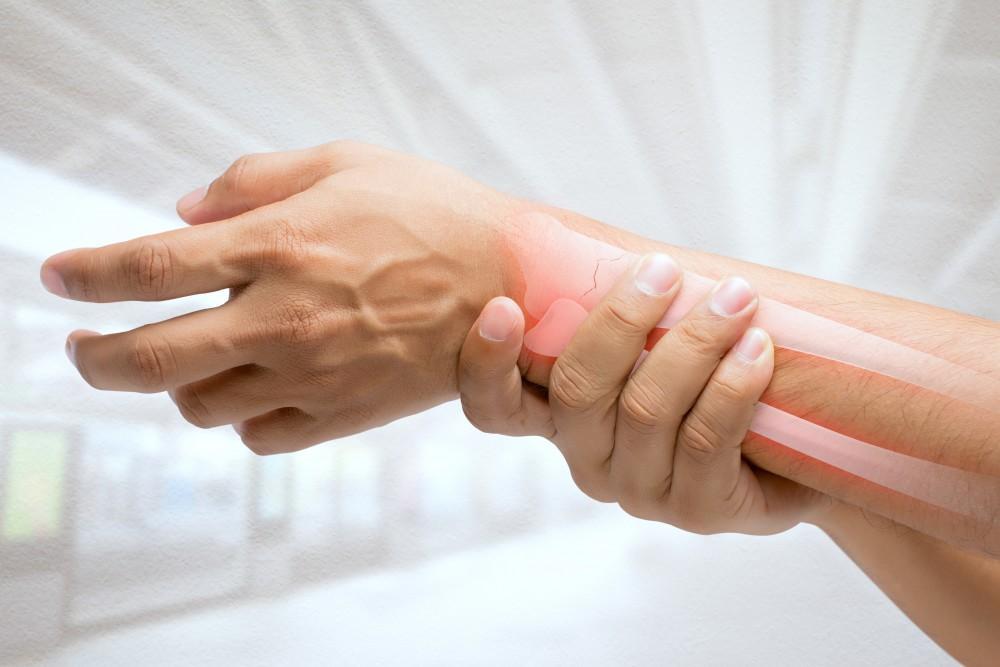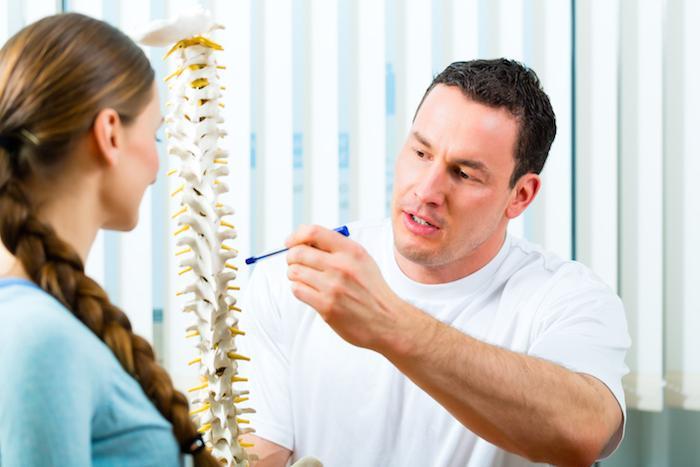
How Does a Spinal Cord Stimulator Trial Work?

Back pain is something almost everyone experiences in their lives at some point, but if spinal pain intensifies, becomes chronic, and limits your mobility, it may be nearly impossible to engage in the activities you’ve always enjoyed.
Doctors prescribe many treatments to ease spinal pain, ranging from noninvasive and conservative to surgery. Orthopedics specialists often rely on one treatment that delivers relief when other methods fail, putting you in control of your pain relief — spinal cord stimulation.
Our caring team at Advanced Spine and Pain focuses on relieving pain from medical conditions and injuries to restore mobility and comfort. We know that pain impacts your emotional well-being, and everyone experiences the physical and mental aspects differently. That’s why we customize your treatment plan to address your unique symptoms.
Common sources of spinal pain
Patients who seek relief from serious spinal pain and limited movement may suffer from:
- Degenerative disc disease
- Arachnoiditis: inflammation of a membrane that envelops spinal cord nerves
- Failed back surgery
- Epidural fibrosis (when scar tissue sticks to your nerve root after surgery)
- Neuritis: pain from inflamed nerves located outside the spinal column
- Radicular pain syndrome: pain, tingling, numbness, and arm or leg weakness due to a compressed or inflamed nerve root
Complex regional pain syndrome, characterized by either short-term or chronic pain, may also involve spinal nerves.
How a spinal cord stimulator brings relief
A spinal cord stimulator (SCS) is a medical device we implant into your upper buttock or abdominal area that directs low levels of electricity to your spine. SCS isn’t a first-line treatment but is a viable option when other methods have failed, and it works well in conjunction with other treatments. The electrical currents disrupt the pain signals between your nerves and your brain, so you can experience pain relief.
What does the trial process of getting a spinal cord stimulator involve?
SCS offers much-needed relief, but it doesn’t work for everyone. Before permanently implanting the device, we place temporary leads to your spine connected to an external device. You wear the device for about a week, controlling your pain relief by adjusting the electrical currents, and report back to us at the end of the trial period. If the SCS decreases your pain by at least 50%, we consider it effective and discuss permanent placement.
If you don’t experience significant pain relief, we may need to adjust the electrical leads and target a different nerve.
If your pain is alleviated sufficiently after 3-5 days and you experience better mobility, we remove the wires and schedule you for long-term implantation. You can go home the same day with this in-office procedure.
Our patients report positive effects from spinal cord stimulator treatment and appreciate the ability to control their pain and reduce their reliance on medications. It’s also a reversible procedure, so if you want to try another treatment option, it’s entirely possible.
Our team continuously monitors your spinal cord stimulator and refines your treatment if needed.
Spinal cord stimulator treatment has been a game changer for many Advanced Spine and Pain patients. Don’t give up on doing the things you love if chronic spinal cord pain has gotten in the way of living life.
Contact one of the seven Advanced Spine and Pain locations and schedule a consultation to learn more about this revolutionary approach to pain management. Call to book an appointment or use our convenient online booking tool.
You Might Also Enjoy...


Understanding the Difference Between Cervical and Lumbar Stenosis

What to Expect After Radiofrequency Ablation for Neck Pain

When to Consider Injections for Your Sciatic Pain

What Happens When You Throw Your Back Out?

